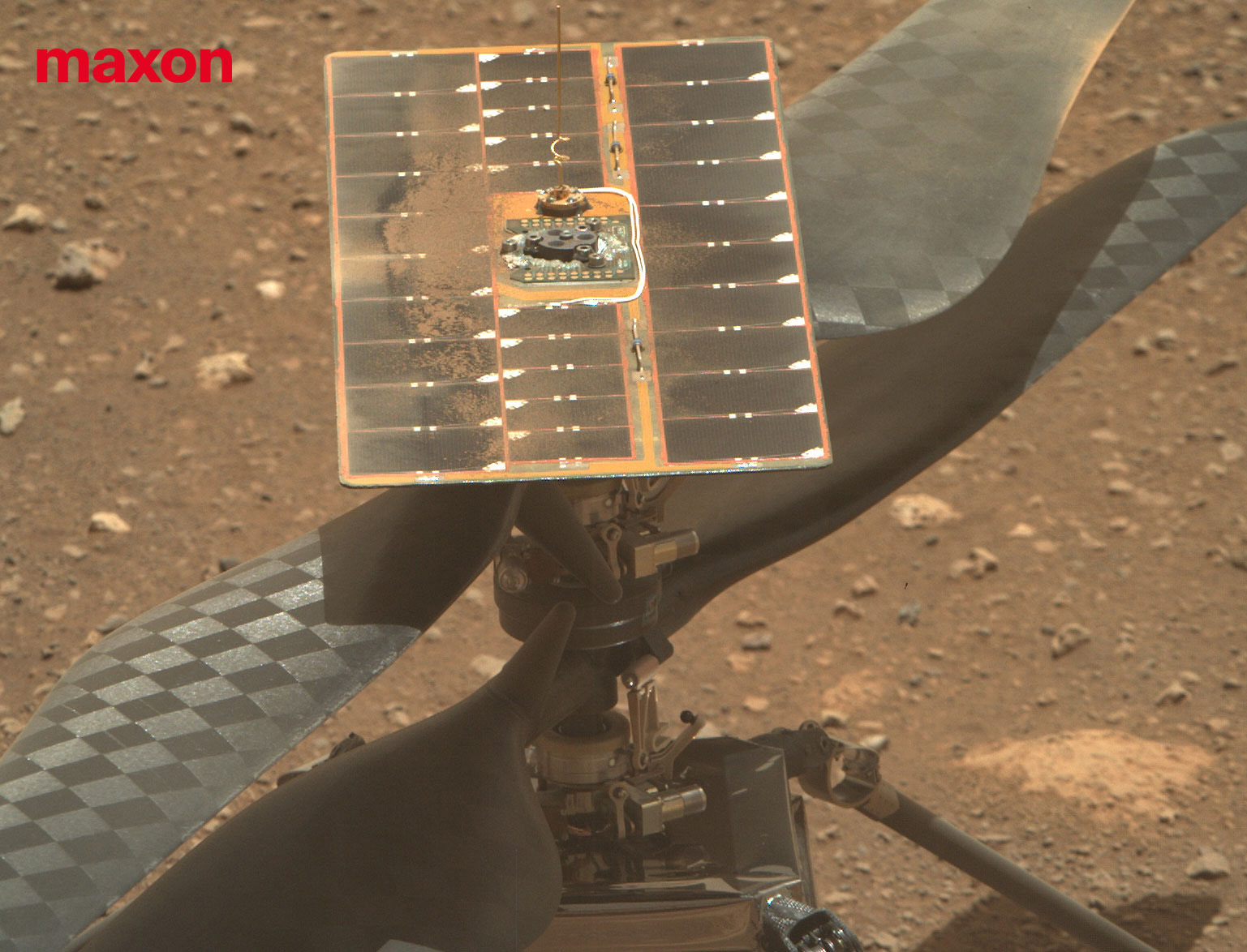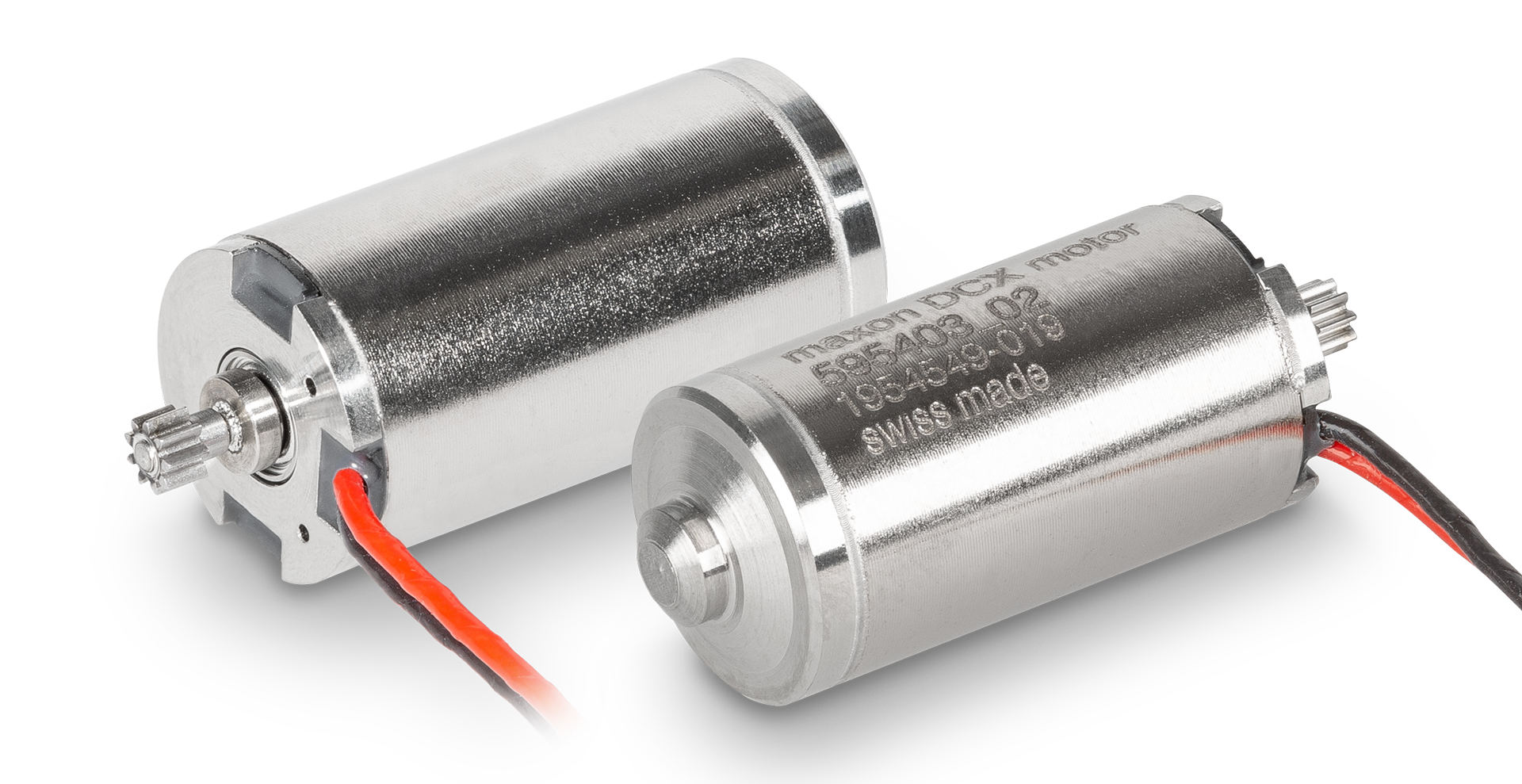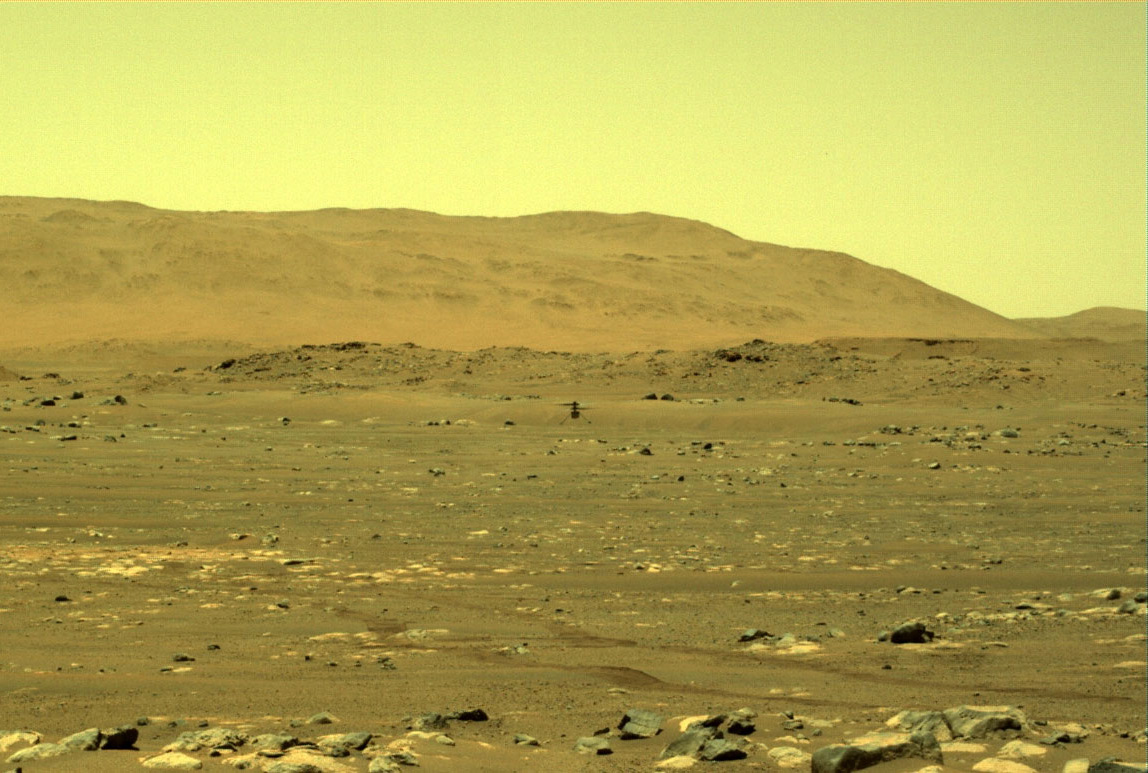A short flight for "Ingenuity," a big success for unmanned space flight. NASA's Mars helicopter flew over the
surface of the Red Planet for about 40 seconds on Monday, April 19, and landed back on four legs. From NASA’s
perspective, this is a historic event that can be classified similarly to the Wright brothers' first controlled
flight in 1903.
With the Mars helicopter, the concept of powered, unmanned, and autonomous flights on foreign planets is being
tested. This is comparable to the first Mars rover “Sojourner”, which paved the way for scientific follow-up
missions such as "Curiosity" and currently "Perseverance". "Ingenuity" is about to complete several flight units
over a period of 30 days, lasting up to 90 seconds and bringing it to a maximum altitude of five meters.
Six micromotors control the helicopter's flight direction
The flight is also a great success for the drive specialist maxon. After all, the helicopter is equipped with
six brushed DC motors from Switzerland, which have been specifically modified for this challenge. The DCX series
of drives, with diameters of 10 millimeters, control the pitch of the rotor blades and therefore the course of
the helicopter, which weighs only 1.8 kilograms and is solar-powered. The lightweight design is a prerequisite
for a successful flight on the Red Planet, where there is hardly any atmosphere, making conditions similar to
those at an altitude of 30 kilometers on Earth.
Small but powerful: maxon's DCX10 motors



